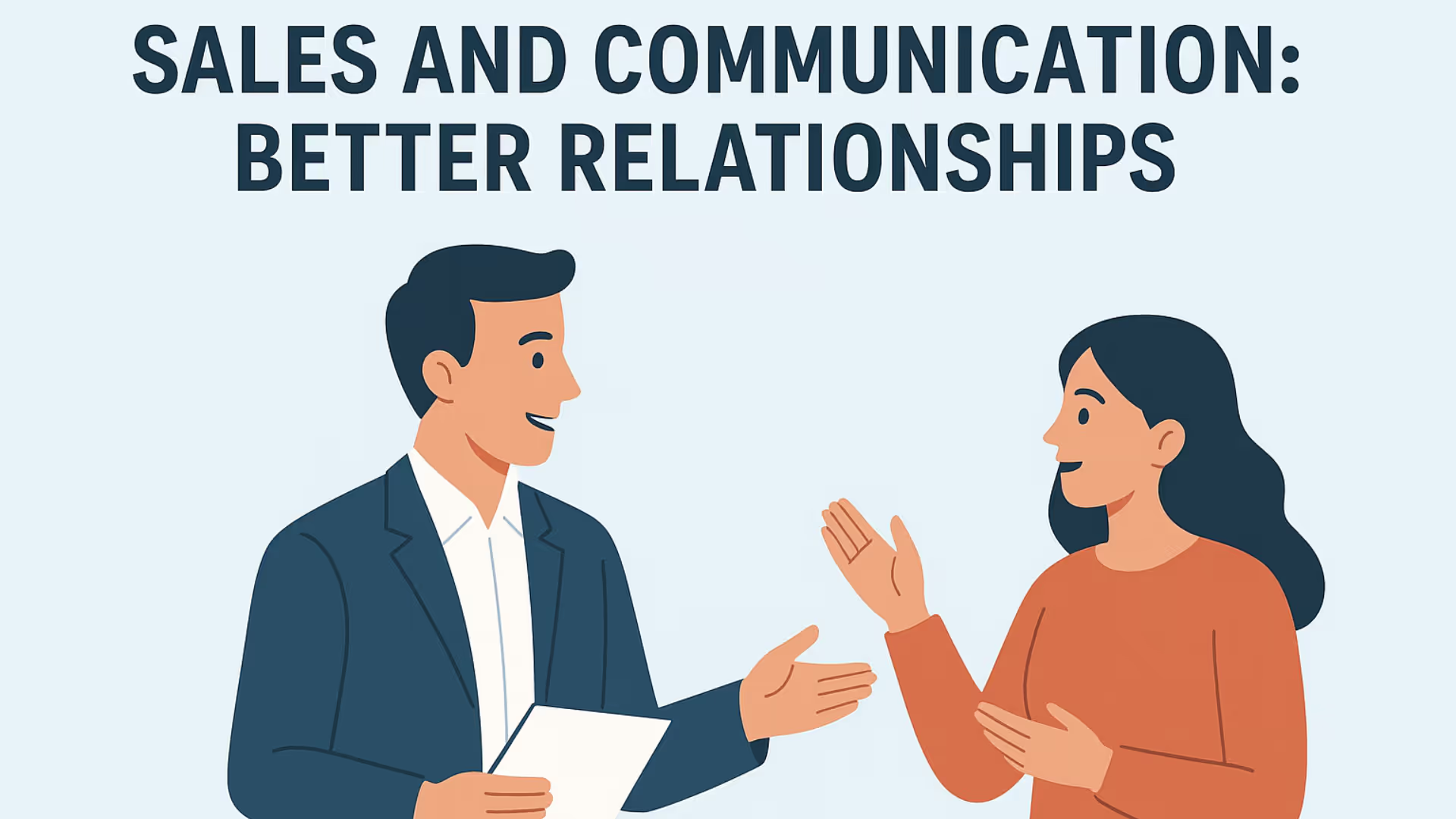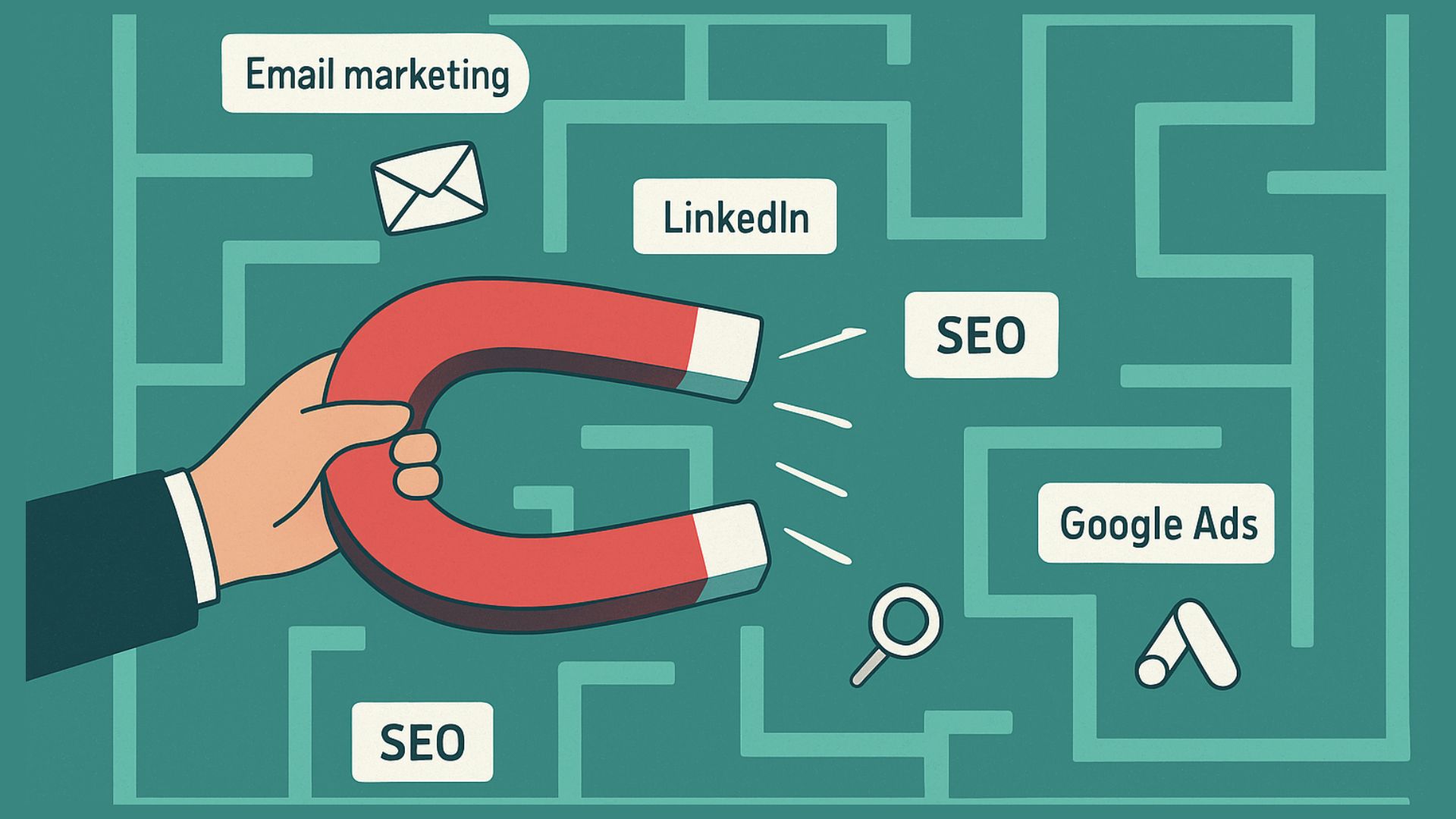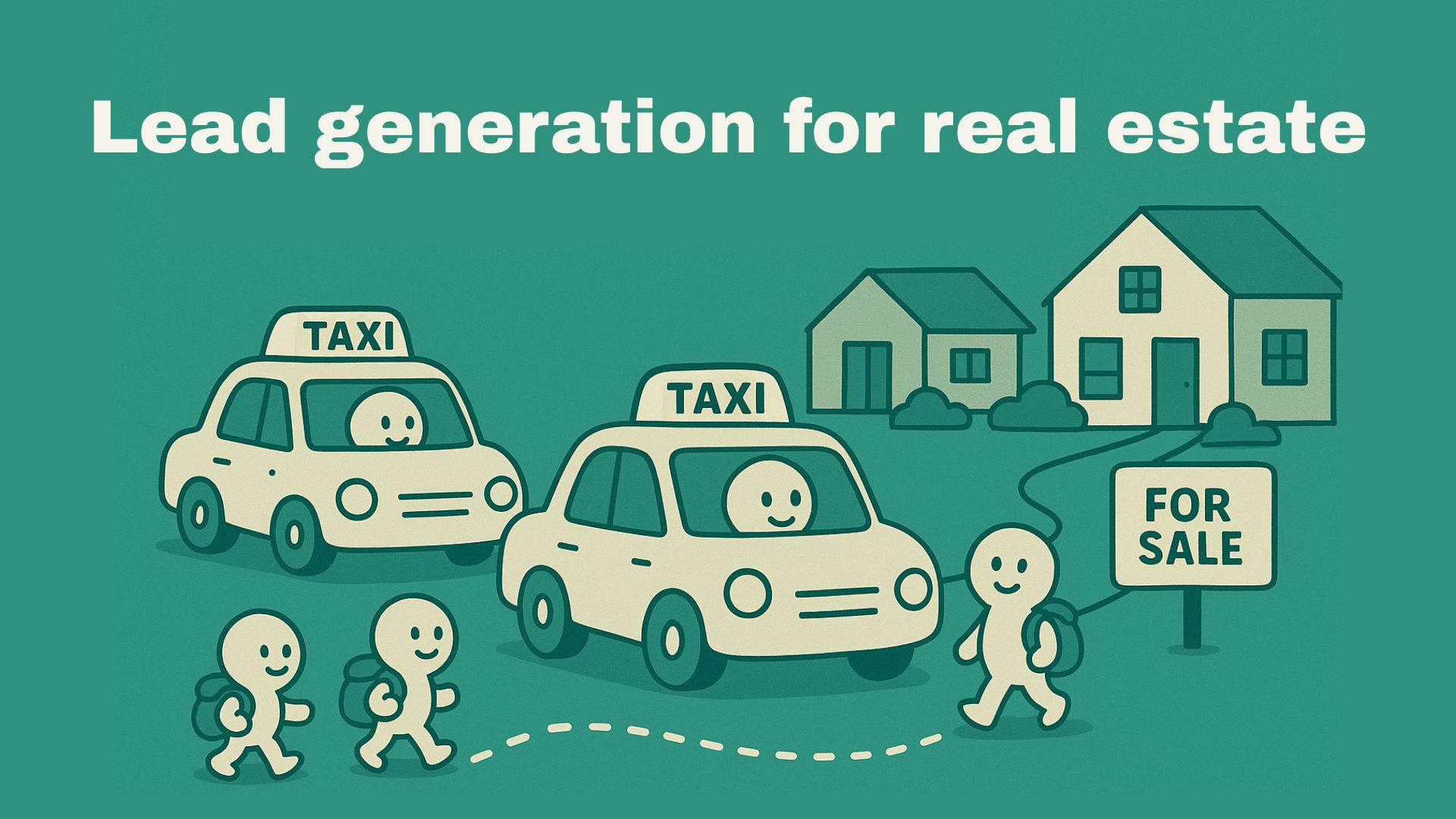

You’d have come across the saying, "It’s not what you say, it’s how you say it."
In sales, communication is everything. A well-timed pause, the right tone of voice, or a perfectly worded follow-up email can be the difference between a cold shoulder and a signed deal.
Whether you're pitching on a Zoom call or crafting a compelling outreach message, how you communicate shapes trust, builds relationships and ultimately drives revenue.
Let’s explore sales communication in detail.
What is sales communication?
What are the components of effective sales communication?
Clarity
Deliver your message in a simple, direct, and unambiguous way. Avoid industry jargon, technical terms, or acronyms that your prospect might not understand.
For example, before a call, research your prospect's industry and typical language. During a pitch, use analogies or real-world examples to explain complex concepts. Always ensure the buyer understands exactly what you offer and how it benefits them, not just what it is.
Empathy
Show genuine understanding of the customer’s challenges. Empathy means putting yourself in their shoes and acknowledging their perspective, even if it differs from your own. This builds a foundational level of trust and demonstrates that you care about their success, not just making a sale.
For example, if a customer mentions that their team is overwhelmed by manual data entry, an empathetic response isn't just “that sounds frustrating.” Instead, say something like: “Given how overwhelmed your team feels with manual data entry, our automated solution is designed specifically to free up those valuable hours, letting your staff focus on higher-value tasks rather than repetitive input. This means less frustration and more productivity, addressing exactly what you've described.”
Active listening
Listen carefully without interrupting. Reflect back key points to show understanding and tailor your response accordingly.
For example, ask open-ended questions about their current situation and listen actively to their responses. Reflect their feelings ("It sounds like this challenge has been quite frustrating for your team...") to show you're truly listening and connecting.
Persuasion
Use logic, benefits, and social proof to influence decisions.
For example, frame your product/service around their identified needs. Provide relevant statistics, testimonials, or case studies from similar customers who have achieved success. Clearly articulate the return on investment (ROI) or tangible benefits they can expect.
Adaptability
Adjust your tone, message, and approach based on the customer’s personality, industry, and stage in the buying process.
For example, pay attention to their communication style: are they direct, analytical, enthusiastic? Adjust your pace and vocabulary accordingly. If they're early in the buying cycle, focus on education; if they're close to a decision, emphasize urgency and next steps.
Verbal vs Non verbal communication
What is the role of storytelling in sales?
In a crowded market, storytelling distinguishes top salespeople. It frames products within compelling narratives, resonating with customer needs and emotions.
Builds emotional connection
Storytelling taps into emotions which data alone cannot achieve. When a salesperson shares a story about how a product helped someone overcome a challenge, the listener is able to connect with it better. This emotional engagement increases trust and makes the pitch more appealing.
Makes complex concepts relatable
For intricate products (e.g., B2B, tech), stories provide real-world context, making solutions easily understandable.
Establishes credibility and trust
Customer success stories or case studies serve as social proof, demonstrating reliability and reducing the perceived risk of purchase.
Differentiates in a crowded market
A unique story highlights a brand's values, mission, and the human side of the business and these elements help customers choose a connection over a commodity.
Drives action
Effective sales stories have a structure: conflict, resolution, and outcome, mirroring the customer’s journey. This narrative arc subtly positions the product as the hero’s ally, leading to a natural call to action.
For example:
Instead of saying, “Our CRM software reduces response times by 30%,” a salesperson could say: “One of our customers, a mid-sized logistics company, struggled with lead follow-ups and lost deals. After switching to our CRM, their team cut response time from 48 hours to under 12. Within 3 months, their conversion rate jumped by 40% and they even expanded their sales team to meet demand.
Different communication styles and their impact
How does communication vary across different sales contexts?
Sales communication adapts to the industry, customer type, and buying process. In B2B sales, it is formal, data-driven, and focused on long-term value, while B2C sales rely on emotional appeal, storytelling, and quick decision-making. Retail and field sales emphasize personal rapport and instant solutions, whereas technical or solution sales demand detailed explanations and collaborative problem-solving. In enterprise sales, the approach is highly strategic and personalized to multiple stakeholders. Understanding these nuances ensures that messages resonate with the audience and drive better results.
Techniques for personalising communication in sales
- Start emails or calls with their name and mention their company to make the interaction feel tailored.
- Research the prospect’s industry or role and highlight challenges they’re likely facing.
- Suggest products, features, or solutions based on their business goals or past behavior.
- Match their tone to build rapport and make them feel heard and understood.
- Share examples from similar companies or industries to show that your solution works for them.
Heading text
Nunc sed faucibus bibendum feugiat sed interdum. Ipsum egestas condimentum mi massa. In tincidunt pharetra consectetur sed duis facilisis metus. Etiam egestas in nec sed et. Quis lobortis at sit dictum eget nibh tortor commodo cursus.
Odio felis sagittis, morbi feugiat tortor vitae feugiat fusce aliquet. Nam elementum urna nisi aliquet erat dolor enim. Ornare id morbi eget ipsum. Aliquam senectus neque ut id eget consectetur dictum. Donec posuere pharetra odio consequat scelerisque et, nunc tortor.
Nulla adipiscing erat a erat. Condimentum lorem posuere gravida enim posuere cursus diam.
.svg)






